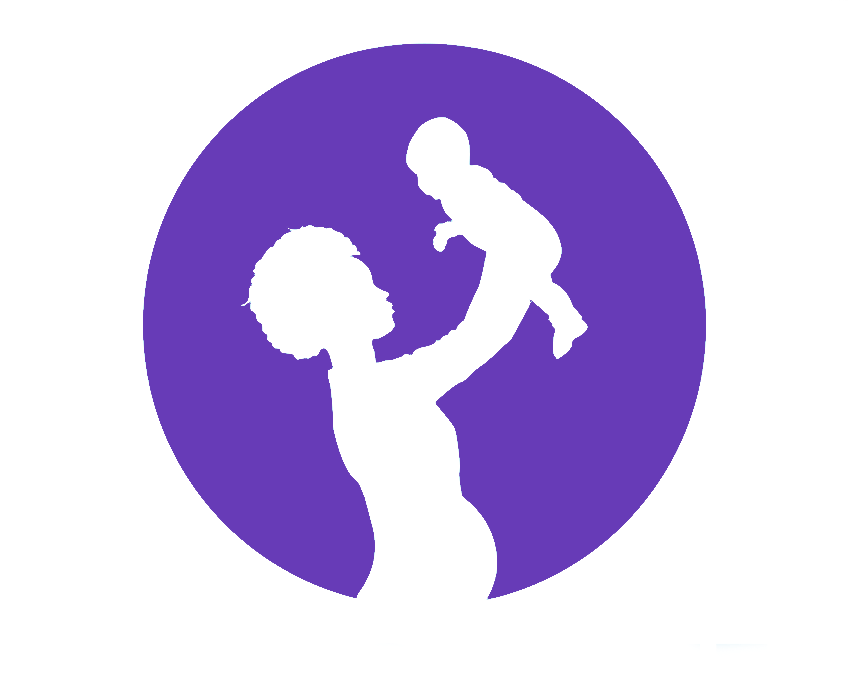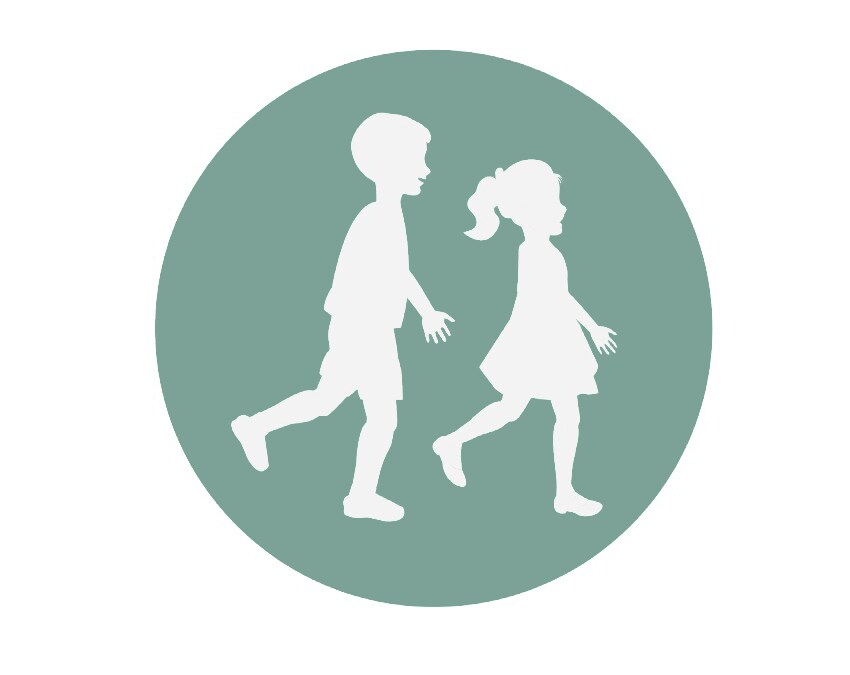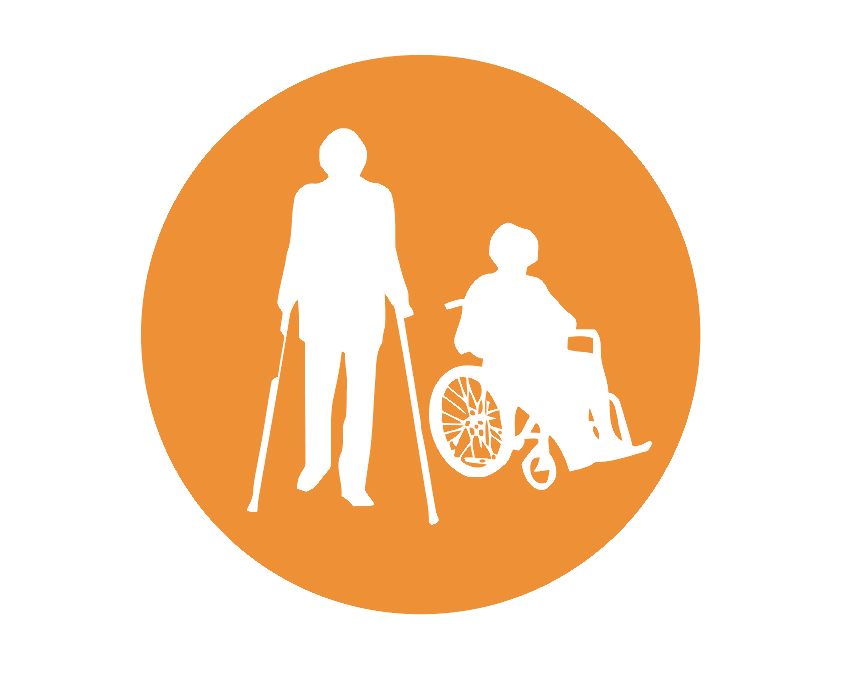NCBDDD Strategic Plan 2022 – 2026

Karen Remley, MD, MBA, MPH, FAAP
Director, NCBDDD, CDC
The National Center on Birth Defects and Developmental Disabilities (NCBDDD) strives to advance the health and wellbeing of our nation’s most vulnerable populations. Our vision is that babies are born healthy; children reach their potential; and everyone thrives. This Strategic Plan will guide NCBDDD’s work through 2026 and demonstrates our resolve to promote the health and well-being of babies, children, and adults. NCBDDD aims to create awareness, affect change, and offer solutions within communities to realize a more healthy, equitable, and inclusive society. I am excited and honored to join all NCBDDD staff in activities and endeavors through these historical times, diminish the devastation of COVID-19, and seek to reduce health inequities within our programs.
NCBDDD efforts are broad and far-reaching. We describe our work by four critical thematic areas:

Saving babies
by studying and addressing the causes of birth defects
1in 33 is born with a birth defect
- Birth Defects
- Fetal Alcohol Spectrum Disorders
- Fetal Death
- Folic Acid
- Infant Health
- Neonatal Abstinence Syndrome
- Surveillance for Emerging Threats to Mothers and Babies

Helping children
reach their potential
by understanding developmental disabilities
1 in 36 have autism spectrum disorder
- ADHD
- Autism and Other Developmental Disabilities
- Children’s Emergency Preparedness
- Children’s Mental Health
- Early Hearing Detection and Intervention
- Fragile X Syndrome
- Tourette Syndrome

Protecting people
by reducing complications of blood disorders and genetic conditions
1 in 10 with a blood clot will die if it moves to the lungs
- Hemophilia
- Sickle Cell Disease
- Thalassemia
- Venous Thromboembolism
- von Willebrand Disease

Improving health
of people living with disabilities
1 in 4 adults has some kind of disability
- Congenital Heart Disease
- Disability and Health
- Muscular Dystrophies
- Spina Bifida

Lead organizational change by championing diversity, equity, inclusion, and accessibility
- Embed the voices and lived experiences of people with disabilities and caregivers to improve NCBDDD programmatic and policy activities.
- Encourage an ethos of diversity, equity, inclusion, and accessibility at NCBDDD through staff recruitment, hiring and retention practices, staff education, agency champions, and continued culture change.
- Proactively prepare all NCBDDD staff via trainings and professional development to take on key support and leadership roles during a public health emergency.

Modernize data and laboratory systems for translation and action
- Ensure all NCBDDD data sources, systems, and analyses advance health equity through more complete and valid demographic
content. - Improve quality, timeliness, and availability of NCBDDD-collected data and other data systems to promote health, inform public health policies, and improve analysis and reporting of birth defects, infant disorders, blood disorders, and disability conditions across the lifespan.
- Expand surveillance system capacity and availability of data on people living with birth defects, infant disorders, and disabilities and conditions across the lifespan to monitor and study trends in screening, diagnosis, treatment, healthcare access, and outcomes.
- Modernize birth defects and mother-baby linked surveillance so that trusted, timely data are available to promote health and inform public health policies.
- Enhance standardized collection of pregnancy, infant, maternal, and childhood data elements and outcomes across data systems to improve analysis and reporting of diseases and conditions that can impact maternal and child health.
- Identify, recruit, and cultivate a robust team of and strong relationships with skilled data analysts, IT staff, and public health
experts who can produce insights from the latest data and provide access to emerging and relevant resources and tools. - Improve access to robust and comprehensive longitudinal data on blood disorders through data visualization and data coordination centers.
- Enhance laboratory safety, quality, and excellence in science while improving early detection of inhibitors in people with bleeding disorders.

Enhance partnerships, training, communication, and health promotion activities
- Form and strategically share compelling and scalable visions for growth so that NCBDDD has all the resources it needs to achieve its mission.
- Raise visibility of NCBDDD’s mission and vision on the national stage and collaborate with partners and Congressional champions.
- Ensure all major communication content from NCBDDD is fully accessible and culturally competent – and is amplified by trusted community voices and includes voices of people with lived experience.
- Improve accessible and inclusive communication strategies that address the needs of pregnant people, children, and adults with disabilities, especially during public health emergencies.
- Adopt innovative practices for effectively engaging service and healthcare providers to increase the reach of programs, clinical and public health guidance, and policies for pregnant people, people with blood disorders, and people with or at risk for disabilities.
- Improve understanding and awareness of the burden of blood disorders in the United States and how to prevent or reduce the occurrence of complications.
- Increase and improve early identification, diagnosis, and referral for intervention for people with birth defects, disabilities, disorders, and children’s mental health conditions.
- Support educational, awareness, and other types of programs that promote the health and wellbeing of people with or at risk for disabilities.
CDC’s CORE Commitment to Health Equity Science and Intervention Strategy
During the Fall of 2021, NCBDDD embarked on a strategic visioning and planning process to define our goals promoting and supporting CDC’s CORE Commitment to Health Equity Science and Intervention Strategy.
CDC will embed health equity principles in the design, implementation, and evaluation of its research, data, surveillance, and interventions strategies.
CDC will use scientific, innovative and data-driven intervention strategies that address environmental, place-based, occupational, policy and systemic factors that impact health outcomes and address drivers of health disparities.
CDC will seek out and strengthen sustainable multi-level, multi-sectoral and community partnerships to advance health equity.
CDC will build internal capacity to cultivate a multi-disciplinary workforce and more inclusive climates, policies, and practices for broader public health impact.
NCBDDD’s specific goals improve understanding and identification of health inequities for people we serve.
- Better understand the use of voluntary corn masa flour fortification to increase folic acid intake among US women with Hispanic background to reduce the risk of neural tube defect-affected pregnancies.
- Identify health inequities among people with birth defects, infant disorders, and related conditions through improved surveillance and propose pathways to address the health inequities.
- Identify health inequities in the early identification and intervention of children with developmental disabilities through the Autism and Developmental Disabilities Monitoring (ADDM) Network.
- Identify potential health inequities in the provision and receipt of the Early Hearing Detection and Intervention (EHDI) services necessary for the identification and support of children who are born deaf or hard of hearing.
- Establish national reporting of disability status and gender identity for persons with bleeding disorders to inform their health status and service needs, promote early identification of disability, and reduce stigmatization.
- Measure the social vulnerability of people living with sickle cell disease (SCD) to understand the impact of social determinants on health outcomes.
- Expand CDC surveillance systems to include missing disability status measurements by defining, testing, implementing, and evaluating a new minimum question set to reflect disability status as a demographic in at least one national survey.
For more information about NCBDDD, please visit our website.
Connect with us on X (formerly Twitter) and YouTube.